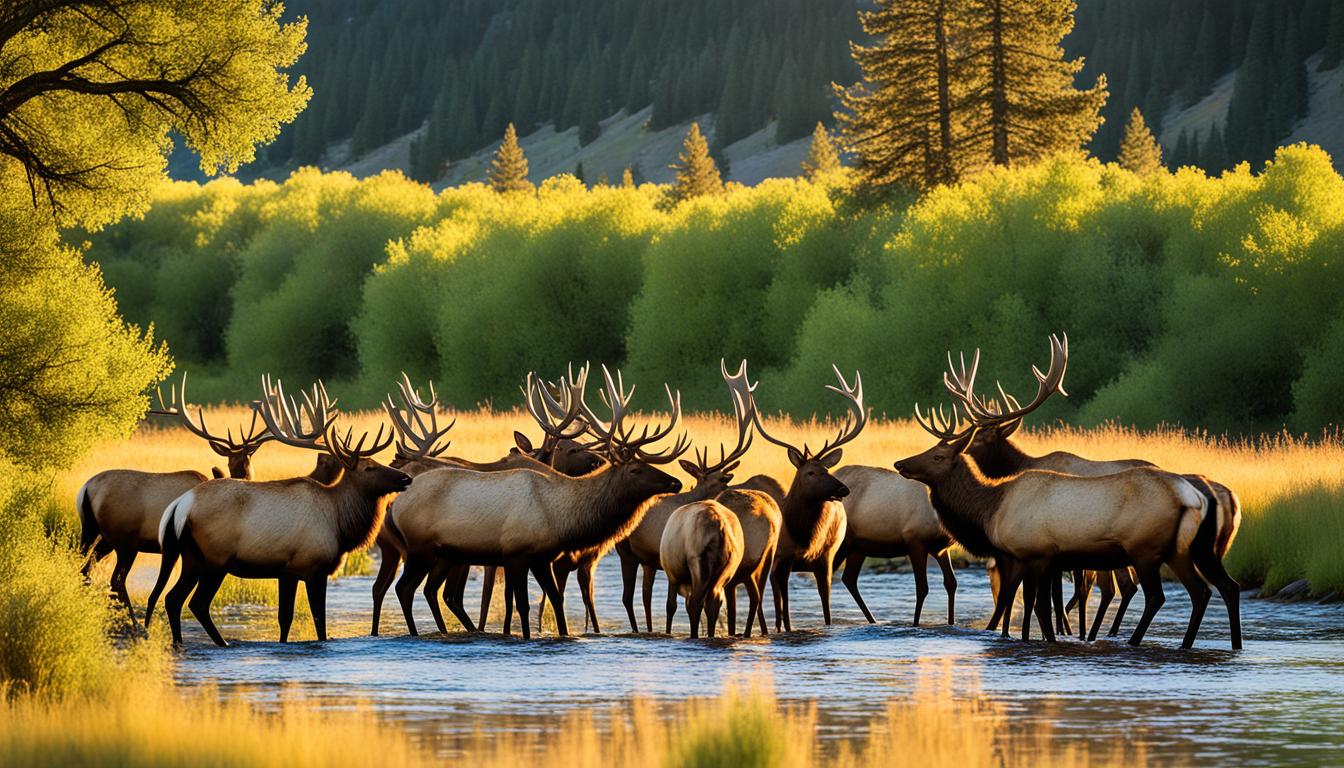Wild at Heart: Exploring the Untouched Wilderness of Idaho
Ever wanted a real adventure in the wilderness? A chance to get away from city life and soak up nature’s untouched beauty? Idaho is the place to go. It’s filled with wide open spaces, all kinds of animals, and is perfect for hiking, camping, and exploring.
Key Takeaways:
- Idaho wilderness areas provide pristine landscapes and abundant wildlife
- Hiking and camping opportunities abound, offering a chance to get closer to nature
- There are various nature reserves and parks to explore and discover
- Outdoor enthusiasts can indulge in thrilling adventures and unforgettable experiences
- The Idaho wilderness areas are a gateway to reconnecting with nature and finding peace amidst untouched beauty.
The Frank Church River of No Return Wilderness Area: Where Solitude and Nature Thrive
The Frank Church River of No Return Wilderness Area is in the heart of Idaho. It’s a vast, unspoiled wilderness covering 2.3 million acres. It’s the largest roadless wilderness in the Lower 48 states. The area is a haven for those who love nature and adventure.
The Middle Fork of the Salmon River. It’s famous for fishing and whitewater rafting. The canyons provide breathtaking views and thrilling fun for adventurers.
Many kinds of animals live in this vast area. Wolves, cougars, bighorn sheep, and elk are among the wildlife. The area is full of different species, highlighting the diversity of wildlife in this untouched spot.
Conservation is key in the Frank Church Wilderness. It’s protected by the Wilderness Act of 1964 and the Wild and Scenic Rivers Act. These laws help keep the area beautiful and protect its animals for the future.
You can find peace and quiet in this remote wilderness. Fishing, hiking, or just enjoying nature is possible. The Frank Church River of No Return Wilderness Area offers a special experience for anyone who visits.
Conservation Efforts
Efforts in the Frank Church Wilderness focus on keeping the right balance. This includes maintaining trails and restoring habitats. Educating visitors on the importance of conservation is also a key effort.
It’s important for the public to play a part in protecting the area. Following the rules and respecting the wilderness keeps it safe for the future. With everyone’s help, the area can be enjoyed by many more people to come.
| Species | Status |
|---|---|
| Wolves | Endangered |
| Cougars | Threatened |
| Lynx | Threatened |
| Bighorn Sheep | Least Concern |
| Elk | Least Concern |
Protecting the Frank Church River of No Return Wilderness Area is crucial. Its conservation status shows our dedication to nature’s beauty. It’s a place we must ensure remains untouched for the future.
The Great Burn: A Wilderness of Beauty and Conservation
The Great Burn sits untouched on the Montana-Idaho line. It’s full of rugged mountains, shimmering alpine lakes, and thick forests. This area has become a top spot for those who love hiking and the outdoors. It is known for its wild, unspoiled beauty and holds a wide variety of plants and animals.
The rise of mountain biking in the Great Burn has raised some worries. For example, if biking trails are not built well, it may cause soil erosion. This could harm the homes of many animals and disrupt the fragile nature of the ecosystem.
To protect the Great Burn’s unique charm, conservationists are working hard. They are finding ways to both preserve the land and allow for different outdoor activities. This includes making certain parts official Wilderness Study Areas and passing laws to protect the region. It’s also important for the public to have a say in how the land is managed, as this ensures its future preservation.
Conservation work includes caring for trails, fixing animal homes, and telling people why the Great Burn is so special. By teaching visitors to respect nature and think of themselves as caretakers, we can help keep this beautiful place safe for many years to come.







